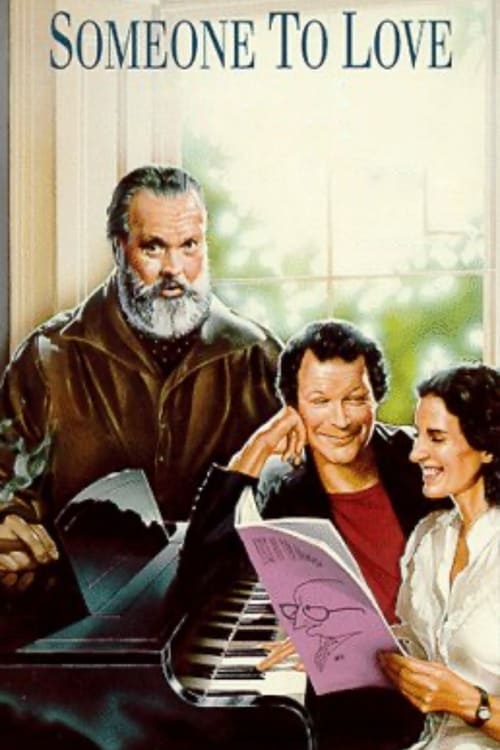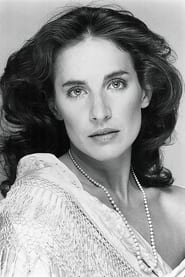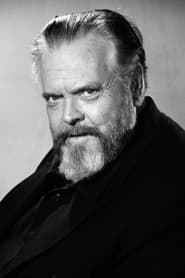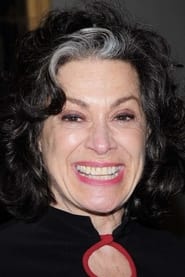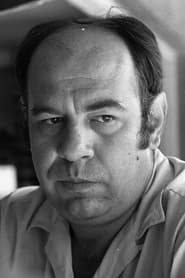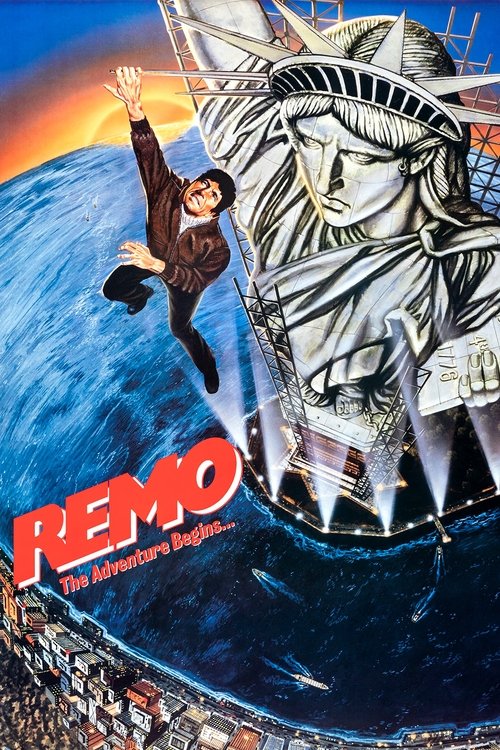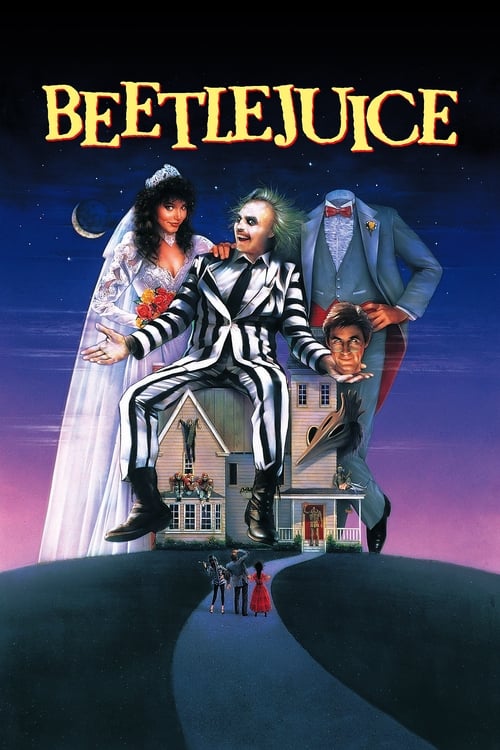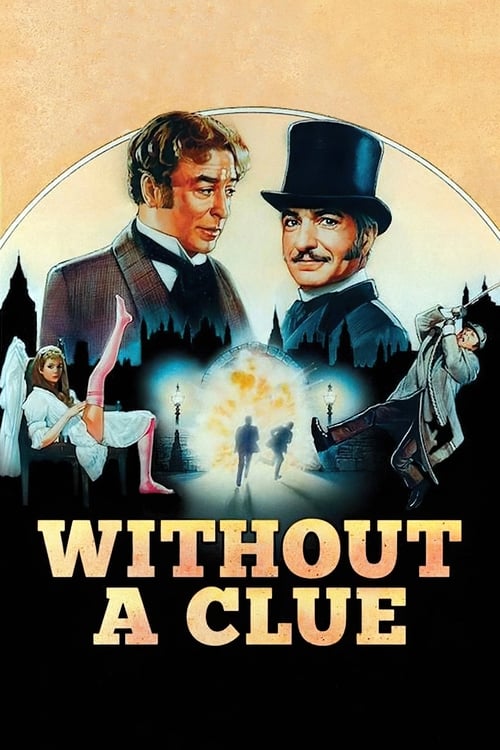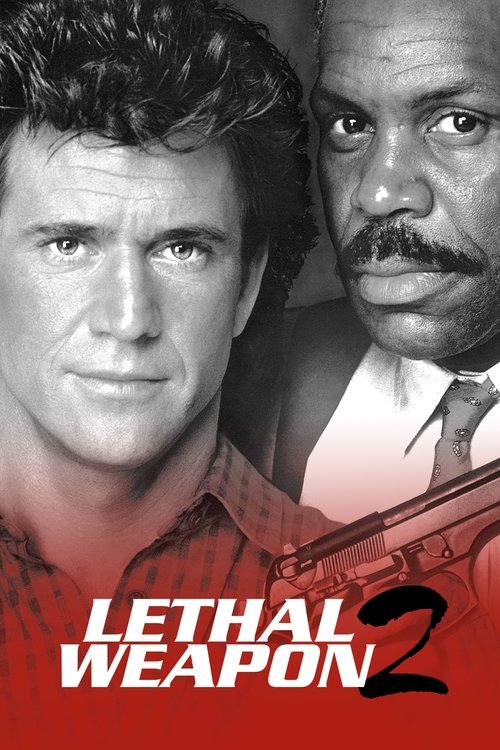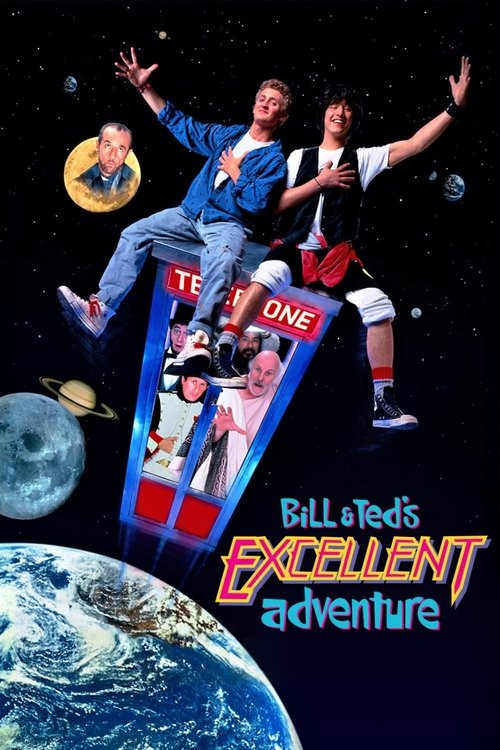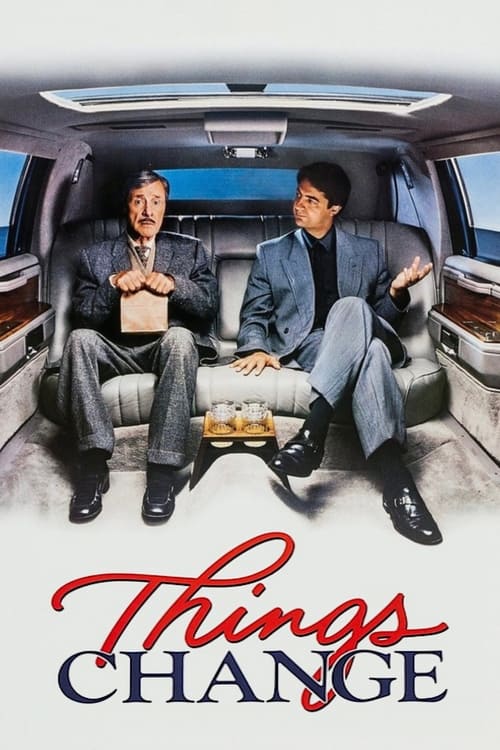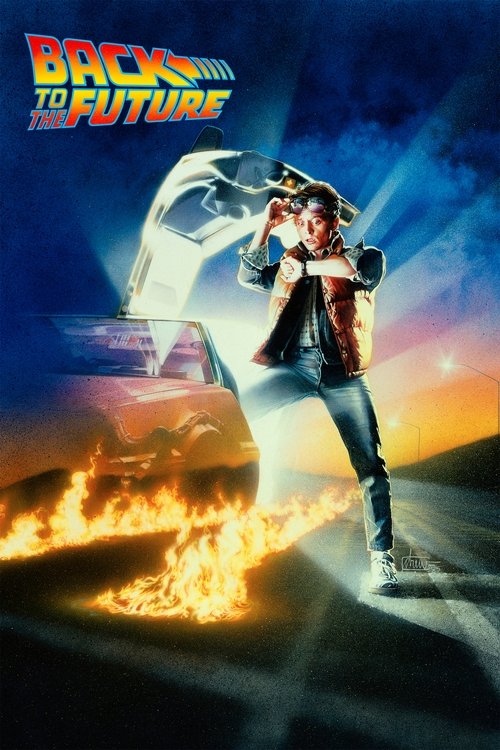
Ask Your Own Question
What is the plot?
Los Angeles, California, February 14, 1987. The city is draped in the soft glow of Valentine's Day, but for filmmaker Danny Sapir, the holiday feels less like romance and more like a question mark. He sits in his modest apartment, the walls lined with film posters and shelves stacked with scripts, the air thick with the scent of old coffee and unspoken longing. He's been dating singer Helen Eugene for several months, but their relationship remains a puzzle. In the opening scene, Helen gently but firmly refuses Danny's request to stay the night at her apartment. "I just need to sleep alone," she says, her voice tinged with both honesty and distance. "I'm still getting used to living by myself again." Danny watches her, his expression a mix of understanding and quiet hurt. He interprets her words not as a simple preference, but as a sign that their connection is more casual than he'd hoped. The camera lingers on his face as he leaves, the door closing softly behind him, the silence echoing the emotional gap between them.
Later that week, Danny meets his older brother, Mickey Sapir, a real estate agent visiting from New York. They sit in Danny's apartment, the conversation drifting from work to relationships. Danny opens up about his confusion with Helen, his frustration at the emotional distance. Mickey listens, then confesses his own struggles. "I'd like to fall in love," he says, "but I can't seem to commit. I don't know if I ever will." The brothers share a moment of vulnerability, the kind that only comes between siblings who know each other's flaws and fears. After their talk, Mickey takes Danny to the Mayfair Theater in Santa Monica, a grand old movie palace that has been closed for months. The theater is a relic of a bygone era, its ornate lobby and faded velvet seats a testament to a time when movies were magic. Mickey reveals that he sold the property without Danny's knowledge, and it's scheduled for demolition to make way for a modern shopping mall. "It's progress," Mickey says, but Danny feels a pang of loss. The theater, like so many things in his life, is about to disappear.
Inspired by the theater's beauty and the impending destruction, Danny decides to throw a Valentine's Day party at the Mayfair. He sends out a blanket invitation to his friends and acquaintances, anyone who will be alone on the holiday. The guests expect a traditional gathering, a chance to escape loneliness for a few hours. But Danny has something else in mind. On the morning of February 14, he arrives at the theater with a film crew, setting up cameras and lights in the lobby. The guests begin to arrive, a mix of single friends, industry types, and a few strangers. Helen Eugene walks in, her presence both comforting and complicated for Danny. Mickey is there too, along with a host of familiar faces: Sally Kellerman as Edith Helm, Oja Kodar as Yolena, Stephen Bishop as Blue, Kathryn Harrold, Monte Hellman as Richard, David Frishberg as Harry, and many others. The atmosphere is festive, but there's an undercurrent of uncertainty.
As the guests mingle, Danny surprises them by bringing out the film crew and announcing his true intention. "I want to know why everyone here is single," he says, his voice steady but tinged with curiosity. "I want to hear your thoughts on relationships, on loneliness, on why you're here tonight." The room falls silent for a moment, then erupts in a mix of laughter and nervous chatter. Some guests are intrigued, others annoyed. Mickey reacts with visible anger. "Why are you doing this, Danny?" he demands. "Why are you prying into our lives?" Danny shrugs, his eyes scanning the room. "Because I need to understand," he says. "Because I'm trying to figure out why life hasn't worked out the way I expected."
The party becomes a series of interviews, each guest sharing their perspective on love and loneliness. The camera captures their faces, their words, their vulnerabilities. Sally Kellerman's character, Edith Helm, delivers a particularly poignant performance, exploring her self-awareness of vulnerability and emotional need. "I'm afraid of getting hurt," she admits, her voice trembling. "I'm afraid of being alone, but I'm also afraid of being with someone." Kathryn Harrold and Monte Hellman share their own stories, their words revealing the complexities of modern relationships. Stephen Bishop, as Blue, talks about the challenges of intimacy, while David Frishberg, as Harry, reflects on the fleeting nature of connection.
Throughout the day, Danny's relationship with Helen remains a central thread. She participates in the interviews, her answers revealing her own fears and desires. "I want to be loved," she says, "but I'm not sure I know how to let someone in." Danny watches her, his heart aching with both hope and doubt. The camera becomes his investigative companion, his sense of angst rising to the surface as he probes into his guests' personal lives. The theater, with its impending demolition, serves as a powerful symbol of loss and transience. The beautiful, about-to-be-destroyed venue anchors the film's themes about connection, the ephemeral nature of places, and the fragility of relationships.
As the interviews continue, the guests' perspectives become more varied and nuanced. Some use the gathering as an opportunity to address the question in a practical manner, discussing the demolition of the theater itself. Others delve into their own relationship failures, intimacy issues, and the broader struggle for connection in the modern world. Mickey's annoyance grows, his commitment issues coming to the forefront. "I don't know if I'll ever be able to love someone the way they deserve," he confesses, his voice heavy with regret. Danny listens, his own doubts mirrored in his brother's words.
The most significant moment comes when Orson Welles appears as "Danny's Friend." Filmed before his death, this is Welles' final live-action film appearance, and his presence adds a layer of gravitas to the proceedings. He watches the interviews from the sidelines, initially unknown to Danny. When he finally steps into the frame, his musings about the question and the cinematic aspects of such a movie captivate the room. "Love is a mystery," he says, his voice rich with experience. "It's something we all seek, but few truly understand." His performance is ebullient, a fitting farewell to a legendary filmmaker.
As the day progresses, the party becomes a collective portrait of modern loneliness and the search for meaningful connection. The guests continue to share their perspectives, their words weaving together a tapestry of human experience. Danny's investigation into others' loneliness becomes a reflection of his own puzzled search for romance. His relationship with Helen--marked by her resistance to intimacy and his interpretation of that resistance--frames the entire gathering as both a social event and a personal investigation.
The film concludes with the Valentine's Day gathering still in progress. The various characters continue to share their perspectives on love, loneliness, and relationships. The pseudo-documentary format means there is no traditional climactic resolution or plot twist. Rather, the film ends as an ongoing conversation about human connection and emotional vulnerability. The gathering itself becomes the climax--a moment where Danny's friends and acquaintances open up on camera about their lives, creating a collective portrait of modern loneliness and the search for meaningful connection.
The final scene shows Danny sitting in the empty theater, the cameras silent, the guests gone. He looks around at the grand old space, the memories of the day lingering in the air. The demolition is imminent, but for now, the theater stands as a testament to the connections made, the stories shared, and the questions left unanswered. Danny's journey is not one of resolution, but of reflection. He has not found the answers he sought, but he has gained a deeper understanding of the complexities of love and loneliness. The film leaves viewers with the ambiguity of whether Danny's investigation has answered his central question or simply deepened the mystery of human relationships.
As the credits roll, the image of the Mayfair Theater fades, a symbol of both loss and the enduring search for connection. The characters' lives continue, their stories unfolding beyond the frame. Danny, Helen, Mickey, and the others carry on, their experiences at the theater a reminder of the beauty and pain of seeking love in a world that often feels transient and uncertain. The film's ending is not a conclusion, but an invitation to ponder the feasibility of true happiness in the modern world, a question that lingers long after the final scene.
More Movies Like This
Browse All Movies →What is the ending?
In the ending of "Someone to Love," the main character, a playwright named Charlie, comes to terms with his feelings and the complexities of love. He ultimately decides to let go of his past relationships and embrace the possibility of new connections. The film concludes with a sense of hope as Charlie steps into a new chapter of his life.
As the film approaches its conclusion, we find Charlie, played by the introspective and often conflicted actor, grappling with the emotional fallout of his relationships. The setting is a dimly lit theater, where the atmosphere is thick with tension and unresolved feelings. Charlie has just finished a performance of his latest play, which mirrors his own tumultuous love life. The audience's applause fades, leaving him alone with his thoughts.
In a pivotal scene, Charlie reflects on his past relationships, particularly with the women who have shaped his life: the passionate and free-spirited actress, the nurturing yet complicated love interest, and the enigmatic woman who has always lingered in his mind. Each of these women represents different facets of love and desire, and as he recalls their moments together, the weight of his choices becomes palpable. The camera captures the flicker of regret in his eyes, the way his brow furrows as he contemplates what could have been.
As he steps outside the theater, the night air is cool and crisp, a stark contrast to the warmth of the stage lights. He encounters his former lover, who has been a source of both inspiration and heartache. Their conversation is charged with unspoken words and lingering emotions. Charlie's vulnerability shines through as he admits his fears of loneliness and the difficulty of moving on. The dialogue is raw and honest, revealing the depth of his internal struggle.
In the following scene, Charlie meets a new woman, someone who embodies hope and possibility. Their interaction is tentative at first, filled with the awkwardness of two people unsure of where they stand. However, as they share stories and laughter, the tension begins to dissolve. The camera captures their smiles, the way their eyes light up in each other's presence, suggesting a budding connection that could lead to something meaningful.
The film culminates in a moment of clarity for Charlie. He stands at a crossroads, both literally and metaphorically, as he contemplates his next steps. The streetlights cast a warm glow around him, symbolizing the potential for new beginnings. With a deep breath, he decides to embrace the uncertainty of love rather than fear it. He walks away from the theater, leaving behind the shadows of his past, ready to explore the future.
As the credits roll, we see glimpses of Charlie's journey ahead. He is no longer shackled by his past mistakes but is instead open to the possibilities that lie before him. The final shot lingers on his face, a mixture of hope and determination, suggesting that while the path of love may be fraught with challenges, it is also filled with the promise of connection and understanding. Each character's fate is intertwined with Charlie's growth, as they too find their own resolutions, leaving the audience with a sense of closure and optimism.
Is there a post-credit scene?
The movie "Someone to Love," produced in 1987, does not have a post-credit scene. The film concludes without any additional scenes or content after the credits roll. The narrative wraps up with the emotional arcs of the characters being resolved, leaving the audience with a sense of closure regarding the relationships and themes explored throughout the film.
What is the significance of the character played by John Cassavetes in Someone to Love?
John Cassavetes plays the character of a struggling playwright named 'Mickey,' who is deeply introspective and grappling with his own emotional turmoil. His journey throughout the film reflects his search for connection and understanding in a world filled with superficial relationships. Mickey's interactions with other characters reveal his vulnerability and desire for genuine love, making him a central figure in the exploration of human relationships.
How does the character of 'Mickey' evolve throughout the film?
Mickey begins as a disillusioned artist, haunted by his past and the failures of his relationships. As the film progresses, he confronts his fears and insecurities, leading to moments of self-discovery. His evolution is marked by his interactions with various women, each representing different aspects of love and companionship. By the end, Mickey's journey reflects a deeper understanding of himself and what he truly seeks in love.
What role do the women in Mickey's life play in the narrative of Someone to Love?
The women in Mickey's life serve as mirrors to his own emotional state and desires. Each character, from his romantic interests to his friends, highlights different facets of love and companionship. Their interactions with Mickey reveal his struggles with intimacy and commitment, as well as his longing for a meaningful connection. These relationships are pivotal in driving the plot forward and showcasing Mickey's internal conflicts.
How does the setting of the film influence the characters' interactions?
The film is set in a vibrant yet melancholic urban landscape that reflects the characters' emotional states. The bustling city serves as a backdrop for Mickey's isolation, emphasizing his feelings of loneliness amidst the crowd. Various locations, such as bars and theaters, become stages for pivotal interactions, where characters confront their desires and fears. The setting enhances the film's exploration of love and connection, making the characters' struggles more palpable.
What is the relationship between Mickey and the character played by Gena Rowlands?
Gena Rowlands plays a significant role as a woman who becomes a focal point in Mickey's emotional journey. Their relationship is complex, marked by moments of passion, misunderstanding, and vulnerability. Rowlands' character challenges Mickey to confront his fears of intimacy and commitment, pushing him to reflect on what he truly wants in a partner. Their dynamic is central to the film, illustrating the push and pull of love and the difficulty of forming genuine connections.
Is this family friendly?
"Someone to Love," produced in 1987, is a drama that explores complex themes of love, relationships, and personal struggles. While it is not explicitly a family-friendly film, it does not contain overtly graphic content. However, there are several aspects that may be objectionable or upsetting for children or sensitive viewers:
-
Adult Themes: The film delves into mature themes surrounding romantic relationships, including infidelity and emotional turmoil, which may be difficult for younger audiences to understand.
-
Emotional Distress: Characters experience significant emotional pain and conflict, which can be intense and may resonate deeply with sensitive viewers.
-
Depictions of Loneliness: The film portrays feelings of isolation and longing, which could be upsetting for those who relate to these emotions.
-
Complex Relationships: The interactions between characters can be fraught with tension and misunderstandings, showcasing the darker sides of love and companionship.
-
Subtle References to Substance Use: There are moments that hint at the use of alcohol or other substances, which may not be suitable for younger viewers.
Overall, while the film does not contain explicit violence or graphic scenes, its emotional depth and mature themes may not be appropriate for children or those who are particularly sensitive to such content.

